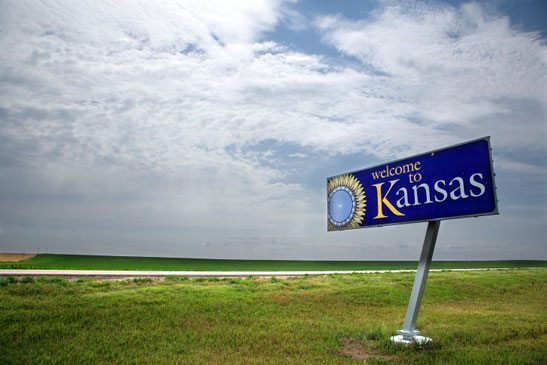I recently read an interesting piece in the New York Times about the rebuilding of Greensburg, Kan. Some of you may recall the devastating tornado the tore through the region back in 2007 leaving 11 dead and millions of dollars in damages. The devastation was immense but local residents were determined to rebuild. And rebuild they did. Greensburg was ready to start fresh and rebuild in a way that would generate new business and jobs. Dea Corns, a real estate agent who manages the Greensburg State Bank with her husband Thomas V. Corns was quoted as saying “We put the ‘green’ back in Greensburg.”
The community has already taken steps to make it as green as can be. An ordinance requiring all municipal buildings larger than 4,000 square feet to be built to LEED-platinum standards has been passed.
Several buildings are being renovated with green features such as geothermal pumps for heating and cooling, high-performance lighting and others that qualify them for LEED designation.
Greensburg is also one of the first cities in the nation to use LED lamps in their streetlights, saving 70 percent in energy and maintenance costs over the old lights. The list of all the other green features that are being implemented into the city goes on and on.
This got me thinking. If Greensburg is able to rebuild in such a sustainable way after such devastation why can’t we use them as an example for future rebuilding/renovations? This is definitely something to think about. If a city so ravaged by a natural disaster can emerge stronger than ever, the potential for future new developments is incredible.
The city’s dedication to sustainability is refreshing, after all rebuilding this way is more expensive and more time-consuming than conventional methods. But higher upfront costs are often replaced with lower operating costs and a bigger payoff in the long run. Most importantly, residents and city leaders alike seem to have the big picture of the future of the city in mind.




